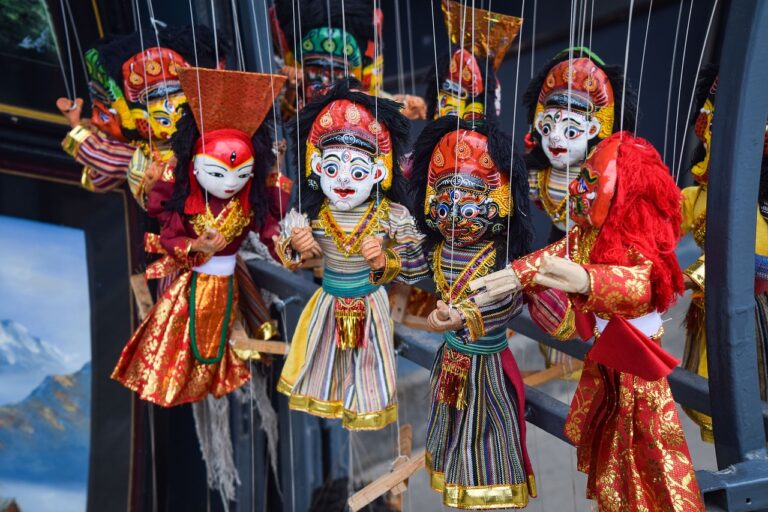Sustainable Textile Alternatives: Exploring Bamboo, Hemp, and Organic Cotton
Bamboo, hemp, and organic cotton are three sustainable textile alternatives that are gaining popularity in the fashion industry. Each of these materials offers unique benefits in terms of sustainability, comfort, and durability. In this article, we will explore the characteristics of bamboo, hemp, and organic cotton, as well as their environmental impact and potential applications in the textile industry.
The Benefits of Bamboo Textiles
Bamboo is a fast-growing, sustainable plant that requires little water and no pesticides to thrive. Bamboo textiles are known for their softness, breathability, and antibacterial properties. These qualities make bamboo an excellent choice for clothing, bedding, and other textile products. Additionally, bamboo fibers have natural UV protection and moisture-wicking properties, making them ideal for activewear and outdoor apparel.
The Versatility of Hemp Textiles
Hemp is another highly sustainable material that has been used for centuries in textiles. Hemp is a sturdy plant that grows quickly and requires minimal water and pesticides. Hemp textiles are known for their durability, breathability, and antibacterial properties. Hemp fibers are also naturally resistant to mold and mildew, making them a great choice for outdoor and athleisure wear.
The Advantages of Organic Cotton
Organic cotton is produced without the use of synthetic pesticides or fertilizers, making it a more environmentally friendly alternative to conventional cotton. Organic cotton textiles are soft, durable, and hypoallergenic, making them ideal for sensitive skin. Organic cotton is commonly used in clothing, bedding, and baby products due to its gentle and safe properties.
Environmental Impact of Sustainable Textiles
One of the main advantages of bamboo, hemp, and organic cotton textiles is their minimal environmental impact compared to conventional materials. These sustainable alternatives require fewer resources to grow and process, resulting in lower carbon emissions, water usage, and chemical pollution. By choosing sustainable textiles, consumers can help reduce the negative impact of the fashion industry on the planet.
Applications of Sustainable Textiles
Bamboo, hemp, and organic cotton textiles can be used in a wide range of products, including clothing, bedding, towels, and accessories. These sustainable materials are versatile and can be blended with other fibers to create unique textures and properties. From casual everyday wear to high-performance activewear, sustainable textiles offer a viable alternative to traditional fabrics.
Conclusion
In conclusion, bamboo, hemp, and organic cotton are three sustainable textile alternatives that offer a variety of benefits for both consumers and the environment. By choosing clothing and home products made from these materials, individuals can support ethical and eco-friendly practices in the fashion industry. As awareness of sustainability grows, more brands are incorporating these alternative textiles into their collections, offering consumers a wider range of choices for conscious consumption.
FAQs
1. Are bamboo textiles biodegradable?
Yes, bamboo textiles are biodegradable, making them a more eco-friendly option compared to synthetic materials.
2. Are hemp textiles as soft as cotton?
Hemp textiles may feel slightly coarse initially, but they soften with each wash and wear, becoming more comfortable over time.
3. Is organic cotton more expensive than conventional cotton?
Organic cotton products may be slightly more expensive due to the higher production costs associated with organic farming practices.
4. Can sustainable textiles be recycled?
Yes, many sustainable textiles, including bamboo, hemp, and organic cotton, can be recycled and repurposed to reduce waste and promote circular fashion practices.
5. How can consumers support sustainable fashion?
Consumers can support sustainable fashion by choosing products made from sustainable materials, supporting ethical brands, and advocating for transparent and eco-friendly practices in the fashion industry.







